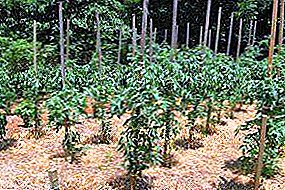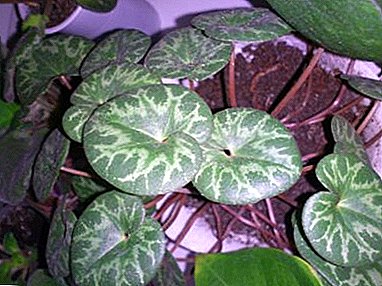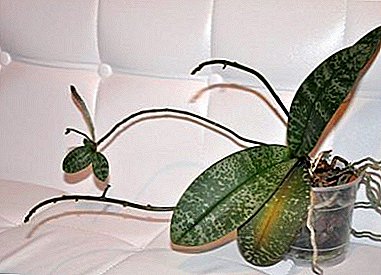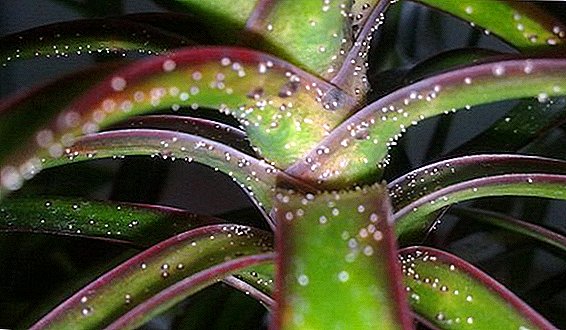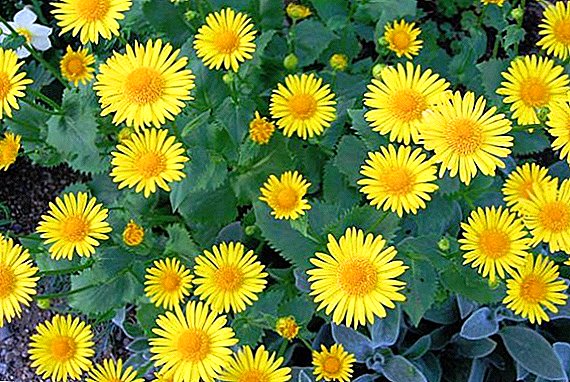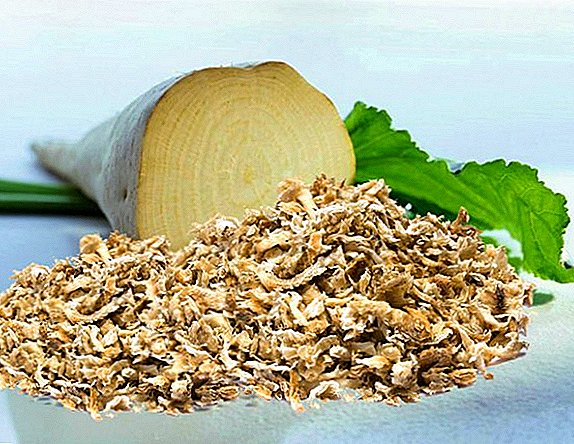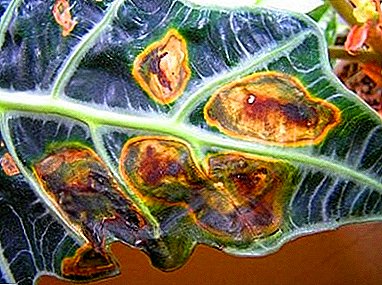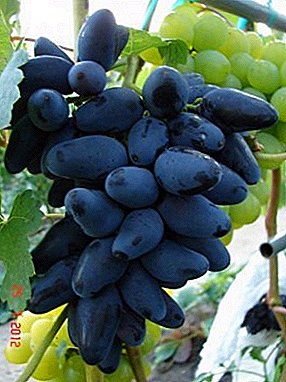
Who does not like blue grapes, which would not be cracked and well kept? Yes, and possessed a rich and full-bodied taste, which is good both in wine and in fresh berries? It is unlikely that there will be someone who answers "no."
If you plant a Viking variety on your plot and put in quite a bit of effort, you will regret only one thing - that you did not do it before.
What kind is it?
 Viking - table grapes (hybrid form) for universal useearly ripening. Used in juices and juice-containing products, as well as in blending red wines.
Viking - table grapes (hybrid form) for universal useearly ripening. Used in juices and juice-containing products, as well as in blending red wines.
The universal varieties also include Muscat Hamburg, Kishmish Jupiter and Lydia.
Sweet, juicy berries with an original aroma and aftertaste are extraordinarily good and fresh. Subject to the necessary conditions able to be well stored and transportedwithout losing quality and presentation.
The berries ripen by August, but most often hang until autumn, to increase sugar.
Breeding history
 The hybrid was bred by amateur breeder VG Zagorulko, by crossing varieties AIA-1 and Kodryanka. Since it appeared relatively recently, its main qualities still need additional tests, and the responses of farmers about it are ambiguous.
The hybrid was bred by amateur breeder VG Zagorulko, by crossing varieties AIA-1 and Kodryanka. Since it appeared relatively recently, its main qualities still need additional tests, and the responses of farmers about it are ambiguous.
Hand Zagorulko also belong to Asya, Ruta and Vodogray.
It takes root best in Ukraine, Moldova, and southern regions of Russia. In the central, where winters are harsh, grapes need extra care - fertilizer, watering (but not strong, especially at the end of summer, does not like), shelter for the winter.
Grape Viking: variety description
- Bush vigorous;
- Bunch medium, tapered, moderately dense, weighing about 600-700 g, less often - up to 1 kg;
 Leaves rich green, large, five-lobed, strongly cut;
Leaves rich green, large, five-lobed, strongly cut;- Berries large (with an average weight of 13-14 g), oval, with a pointed point at the bottom, dark blue;
- Berry peel average density, almost not felt when used in food;
- Pulp juicy, dense, crunchy, very sweet, with a slight sourness, rich taste and a rich trail, which includes fig, cherry and berry notes;
- Flowers - hermaphrodites;
- Vine light brown, flexible, very strong. Petioles long, light green;
- Shoots light brown, covered with red nodules.
Variety of medium frost resistance (up to - 21 degrees Celsius), resistance to fungi is also not too high. Wasps pose a serious danger. Yield is average. Shoots ripen almost the entire length, cuttings take root easily.
From cold-resistant varieties, we recommend Arched, Pink Flamingo and Super Extra.
To maintain a good, regular harvest, you must cut the vine into six to eight eyes. Does not like clay soils with a surplus of moisture. Spring frosts are also undesirable for the Viking. Feels best on a soft, well-heated soil. Prefers southern and southwestern slopes. Does not like nitrogen-containing fertilizers. The sugar content is 16%, the acidity is about 5 g / l.
A photo
Photo grapes "Viking":




Diseases and pests
Despite its proud and harsh name, the variety is rather tender and will have to be carefully protected. The first enemies are wasps and birds. Nets are suitable against those and others - in the latter case, the clusters are packed in special small-mesh bags that prevent the wasps from reaching the berries. Birds will stop the rigid mesh barrier.
 With fungal plagues harder. So for example, mildew is a very stubborn and dangerous enemy who will not leave just like that. As a preventive measure, it is good to cut off excess shoots, stepchildren, to provide airing of the bunch and access of the sun to it. Of course, chemicals will also be required - these are Sandofan, Dintal M-45, Ridomil.
With fungal plagues harder. So for example, mildew is a very stubborn and dangerous enemy who will not leave just like that. As a preventive measure, it is good to cut off excess shoots, stepchildren, to provide airing of the bunch and access of the sun to it. Of course, chemicals will also be required - these are Sandofan, Dintal M-45, Ridomil.
Gray rot is also a formidable malady that quickly deteriorates. It is good to use against it fungicides containing copper, as well as ronilan, benomyl, deozal, cercobin, captan, folpet.
As for anthracnose, chlorosis, oidium, bacteriosis and rubella, you can familiarize yourself with these diseases and measures for their prevention in separate materials.
As we see, this sort is rather not a stern northern warrior, but a gentle youth from the gardens of Dionysus. It will require both shelter (as it is afraid of frost and too low) temperatures, and preventive measures against adversity, since it is not too resistant to fungi.
If this does not discourage the farmer, then very soon his efforts will be rewarded and it will become clear that it was worth it - this variety is surprisingly tasty, sweet, aromatic, it turns out a good wine. And of course. it will become a worthy decoration of the facade and hedge, with nothing inferior in decoration to Wichi, Zagrave or Galben Nou.


 Leaves rich green, large, five-lobed, strongly cut;
Leaves rich green, large, five-lobed, strongly cut;
